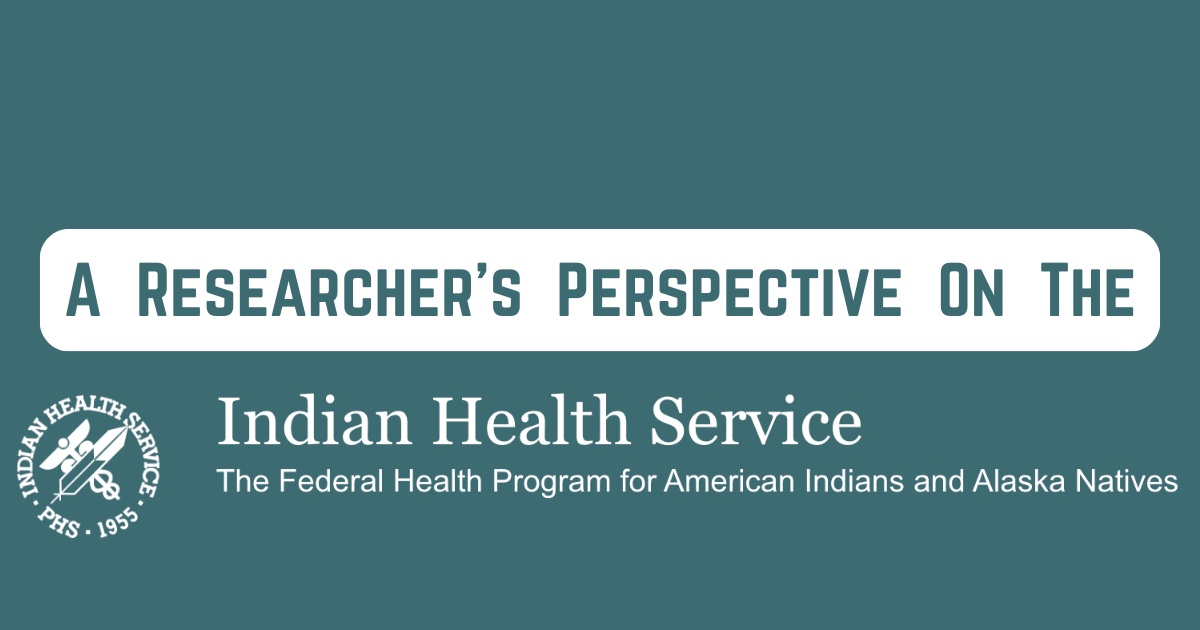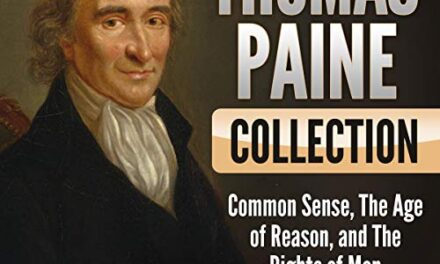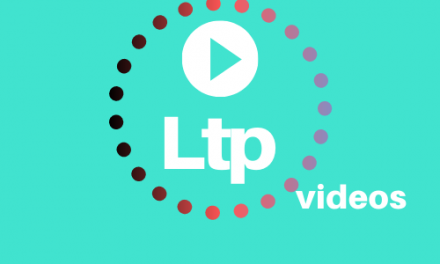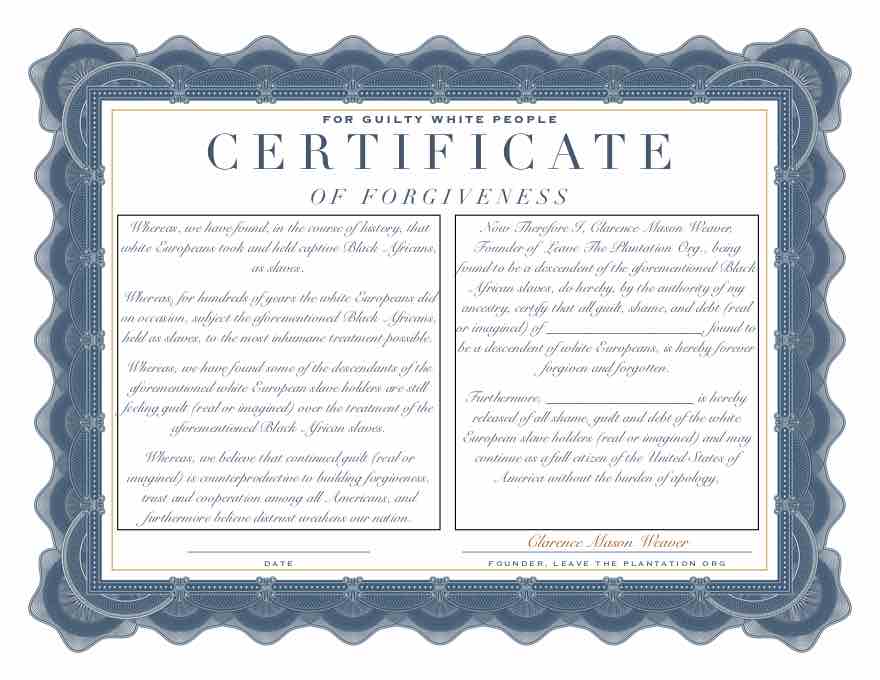LTP News Sharing:
This is part of a series of perspectives from researchers associated with Project Access, a project of the National Center for Public Policy Research’s Able Americans program. The mission of Project Access is to evaluate and describe what policies, programs, services, resources and research are available related to people with disabilities across 9 operational divisions of the federal Department of Health and Human Services (HHS) and thereafter to provide policy recommendations for better and equitable access to relevant HHS information.
In order to obtain perspective on available resources for people with disabilities on the Indian Health Service (IHS) website, I found that identifying possible resources by state is the best approach. However, this process is very tedious and challenging. Specific information is not easily accessible either because information is fragmented or hyperlinks are often broken. For the typical consumer, understanding and collecting necessary information is almost impossible. For example, the Alabama state website is actually a broken link without a redirect to where the information may be found. Links are not accessible for the blind or people with low vision.
Any website information that actually is accessible is often redundant and confusing, particularly for individuals who are new to the disability community. Information focus is also uneven. For example, there are very few resources available for transition ages (18 to 21), and information for parents of children with disabilities is disorganized and confusing. Likewise, information for the aging population is virtually impossible to find in an organized manner. This is also the case for individuals with acquired disabilities.
The scope of services available for the disability community is very limited. Information about available services is redundant, confusing and often out of date.
Author: The National Center






